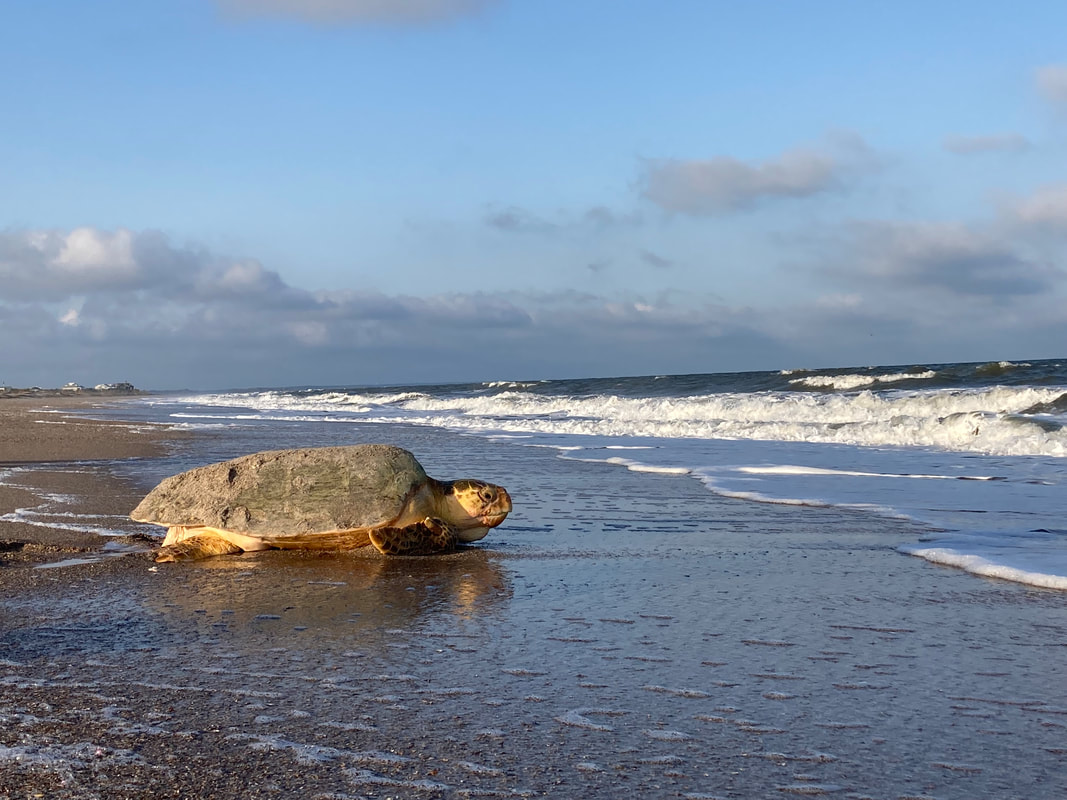|
Blog Post By: Dalton Moore, Sea Turtle Intern
Loggerhead sea turtles are known to migrate across the world’s oceans within their lifetime. However, it has been discovered that this species does not drift the waters all on their lonesome. Loggerheads are likely referred to as “Moving Ecosystems” due to the numerous organisms that colonize the turtle’s carapace. This species may carry a diversity of abundant populations of life such as nematodes, crustacean larvae, barnacles, algae and shrimp. It is estimated that loggerheads can sustain more than 100,000 individual organisms on their approximate 35-inch shell. A recently published paper in the scientific journal Diversity shows that loggerhead sea turtles also convey an average of 34,000 individual meiofauna or organisms that are roughly between 0.032-1 millimeter in size. Jeroen Ingels, a marine ecologist at Florida State University, and his team discovered more than a hundred new species of meiofauna, primarily nematodes, that had not previously been found on the loggerheads or other turtle species. The group made their findings after examining 24 loggerheads that had migrated to St. George Island, Florida, in June 2018. The Loggerhead is considered a “keystone species,” meaning that other animals in its ecosystem depend on it for survival. Therefore, other organisms typically use their carapace to feed or migrate. It is predicted that many species will travel on carapaces to spread from ecosystem to ecosystem throughout the world’s oceans to expand. Sea turtles and their shells are also popular among fish, such as surgeonfish that like to graze those hitchhiking critters. This critical relationship becomes convenient for both the fish and the sea turtle. The fish eat algae and smaller crustaceans while the sea turtle receives a cleaning. This is important because if too many organisms live on the shell, it can affect how they streamline within the ocean.
0 Comments
Leave a Reply. |
Leah SchwartzentruberSea Turtle Biologist Archives
June 2024
|

 RSS Feed
RSS Feed